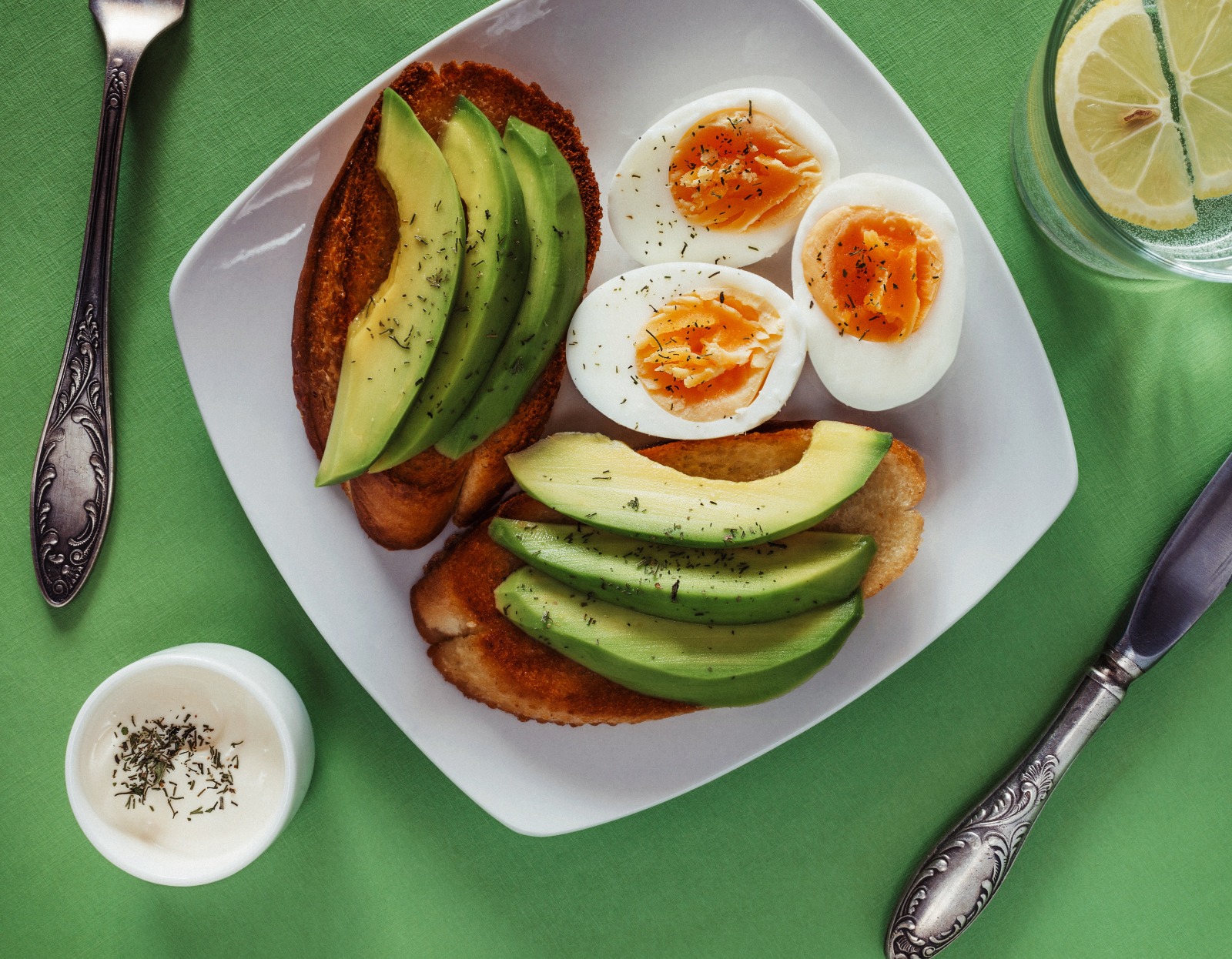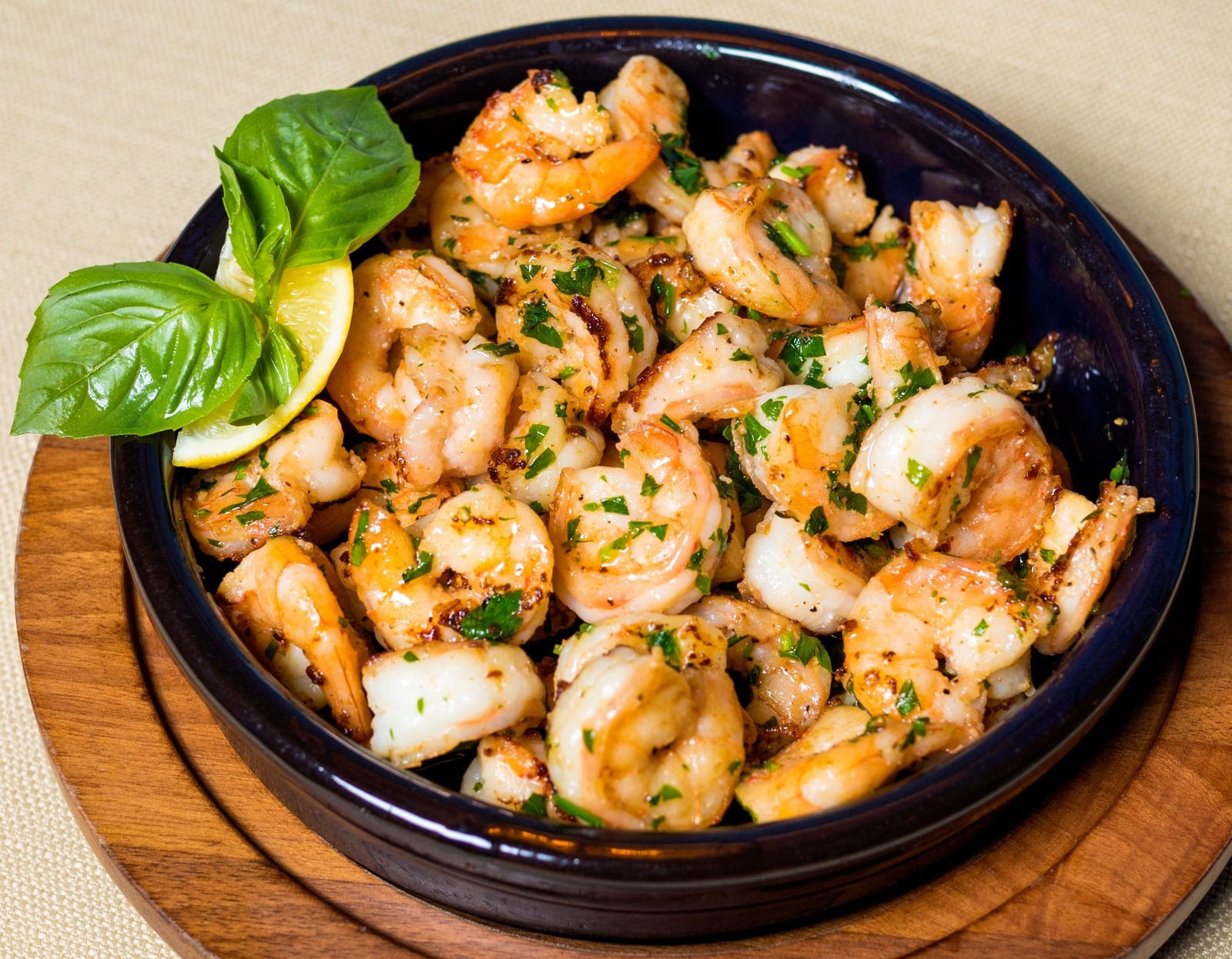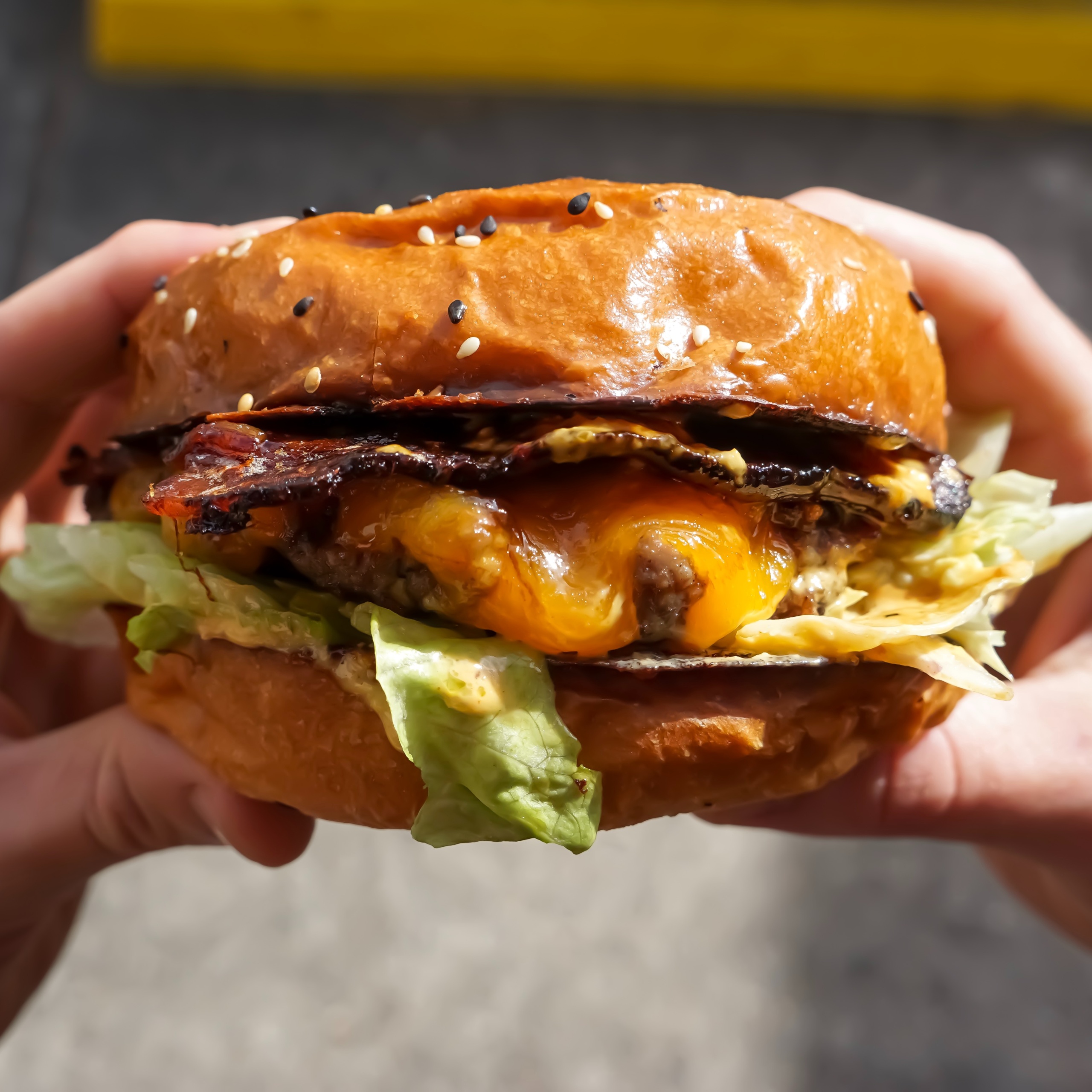While some high-cholesterol foods are beneficial to your health, there are others that can be detrimental to it. Here’s a rundown on the high-cholesterol foods that you need, those you don’t, and what it all means
When it comes to the conversation about cholesterol, many of the talking points are outdated. Recent studies have found that dietary cholesterol—or the amount of cholesterol you absorb from food—is not as harmful to most people’s health as previously believed. In fact, avoiding certain high-cholesterol foods could actually be depriving you of essential nutrients like choline.
RELATED: Get to Know Jo Sebastian, Local Content Creator Who Makes Space For Recovery
Read ahead if you want to learn the latest information about cholesterol, and which foods that are high in it you should be paying more attention to.

Clearing the air about dietary cholesterol
First things first, we need cholesterol to survive. Even if you avoid eating all the foods that are high in cholesterol, your liver will continue to produce it to function normally. This is because cholesterol plays a pivotal role in the production of vital compounds like vitamin D, estrogen, and testosterone. Notably, only a small percentage of the cholesterol in your system comes from your diet, and if you do eat foods high in cholesterol, know that your liver will produce less as a result.
It’s also a popular but outdated notion that dietary cholesterol is to blame for cardiovascular disease, but more recent studies refute this, saying that it’s more so due to coinciding factors like saturated fatty acids rather than dietary cholesterol itself. In particular, research shows that dietary cholesterol does not play a significant role in cardiovascular disease risk.

All of this is not to say that you should now feel free to eat high-cholesterol foods in excess, especially if you’re of an older age when your metabolism has slowed down or if you have diabetes. What the studies conducted in the past decade prove, however, is that you can enjoy your high-cholesterol foods if you do so in moderation and keep up with an active lifestyle or workout routine at the same time.
Healthy high-cholesterol foods
Due to the fear surrounding high-cholesterol foods, many people would end up not eating enough of certain essential nutrients. One example of this is choline, which is commonly found in fish, beef, poultry, and eggs. Choline plays a vital role in your brain and nervous system, which regulates important functions like muscle control, mood, and memory.


Eggs are some of the foods most avoided out of fear because they happen to be high in cholesterol. However, research shows that not only do eggs not raise cholesterol levels, but eating whole eggs can actually be part of a heart-healthy diet.
Other high-cholesterol foods that are also safe and beneficial in other ways include shrimp, full-fat yogurt, and organ meats. Again, keep everything in moderation.
RELATED: Why the Mediterranean Diet is Ranked the Best in the World
Unhealthy high-cholesterol foods
While much of the fear surrounding dietary cholesterol is unfounded, it remains to be true that most cholesterol-rich foods can increase the risk of heart disease because of their saturated fatty acid content. As mentioned, the exceptions to this are foods like eggs and shrimp, according to research. So, what should we actually limit our intake of?


In a nutshell, the foods you need to cut back on are the ones with loads of trans fats, salt, and sugar. In particular, fried food, fast food, ultra-processed food, and baked goods should be limited or avoided. Processed meat like bacon and hotdogs are common examples of high-cholesterol foods that are detrimental to your long-term health.
RELATED: Junk Food’s Effect on Mental Health, and How to Eat Better
These foods, when eaten in excess, are linked with an increased risk of heart disease, obesity, diabetes, certain cancers, and even cognitive decline.


We understand that things like opting for fast food and processed food are the only way you can find time to eat in the midst of a busy schedule. They’re also generally less expensive than healthier options found in restaurants. But what makes these foods particularly unhealthy is the fact that they have little to no nutritional benefit as well. It’s a good thing then that things like meal delivery services and inexpensive superfoods like lentils and tofu make balanced nutrition more accessible.







